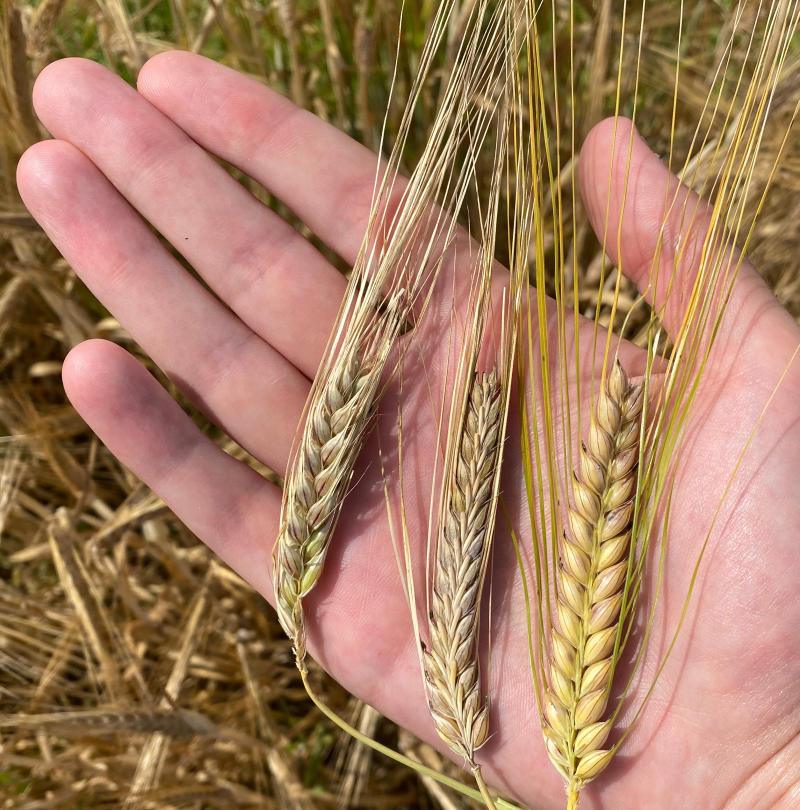I would like to share some of my observations regarding mash efficiency.
I am a BIAB brewer and my mash efficiency is from the beginning mostly around 75%, more often and slightly lower. Basically, whatever I was trying to change in the mash process the efficiency didn’t change. However, in the last five brewing I have started using Pale Ale Best Simpson malt and my efficiency has risen well over 85%, without any other change in process or grain grinding size. And I think beer is clearer too. So far, I have mostly used Croatian, Weyermann or Pauls malt, but Simpson's malt really pleasantly surprised me.
Do you have such experiences?
That you changed the malt of another manufacturer and got such a big change in mash efficiency?
I am a BIAB brewer and my mash efficiency is from the beginning mostly around 75%, more often and slightly lower. Basically, whatever I was trying to change in the mash process the efficiency didn’t change. However, in the last five brewing I have started using Pale Ale Best Simpson malt and my efficiency has risen well over 85%, without any other change in process or grain grinding size. And I think beer is clearer too. So far, I have mostly used Croatian, Weyermann or Pauls malt, but Simpson's malt really pleasantly surprised me.
Do you have such experiences?
That you changed the malt of another manufacturer and got such a big change in mash efficiency?



